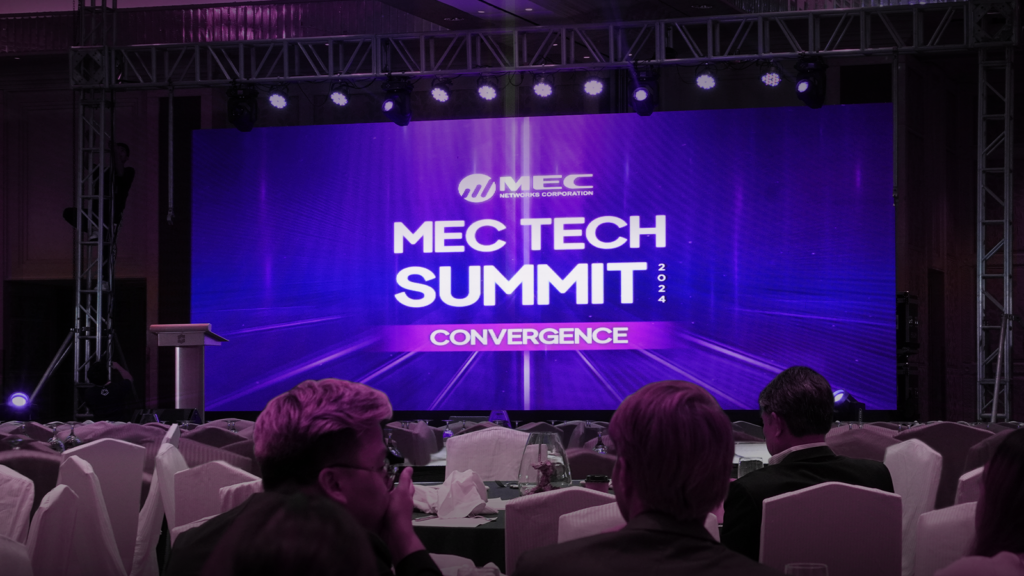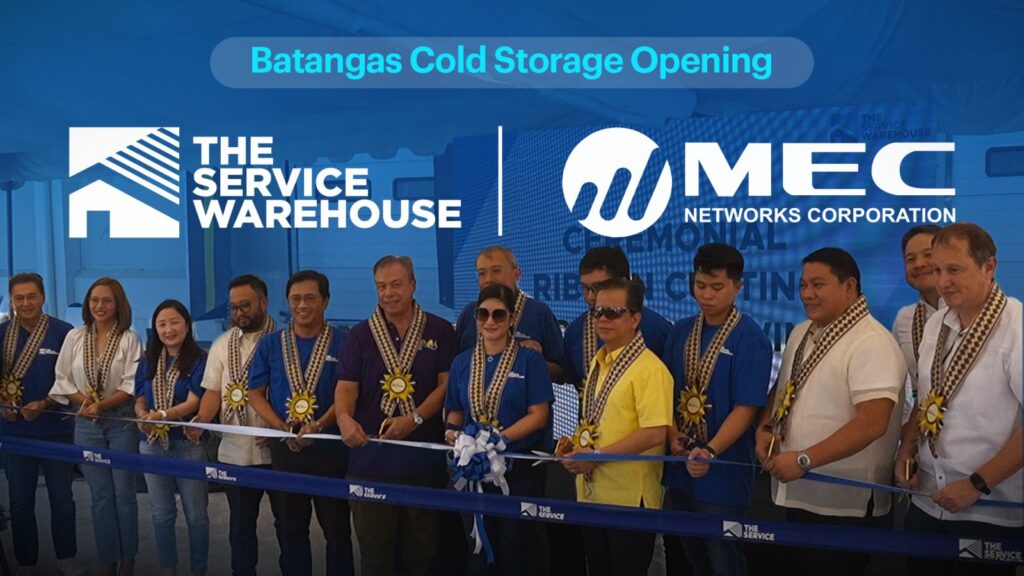Challenger banks have demonstrated what’s achievable in the Financial Services sector. They have developed fresh ways of banking, trading, modeling, and handling risk. As companies that center on financial services contemplate the next five years, hybrid IT offers the greatest flexibility for generating next-generation products and services.
The number of clients who switch from physical to digital experiences is growing. But those digital experiences cannot just be good – they should be excellent.
According to a recent PwC research, clients will pay a premium of up to 16% for a more satisfactory experience, and 63% would share information in exchange for the said experience.
What’s good for clients is good for the enterprise. One leading international financial organization developed contemporary technologies to ‘personalize every conversation. This was the result of extensive customer research. The result was an 8-10% increase in customer spend on services and a 400% increase in retention.
This is a basic model, but one too many financial services organizations find it challenging to follow. Legacy systems are a given and departments may work in silos. But the intelligent use of Hybrid IT systems presents opportunities for those in all types of financial services, not just retail banking.
Hybrid IT
Hybrid IT provides financial services companies flexibility. Current on-premises data centers can synchronize with co-located data centers to permit enterprises to onboard workloads and applications quickly, minimize expenses through product innovation, and lessen risks through the highest quality standards.
Alongside that, advancements in Edge computing are useful for applications that are affected by latency, network security, and regulatory requirements – ideal for financial services companies.
All this means is that enterprises can yield products and services that don’t just satisfy but surpass consumer expectations.
As the economy persists to redirect towards digital, it feeds the data economy. IDC foresees that this “global datasphere” will increase to more than five-fold between 2018 and 2025, from 33 zettabytes (ZB) to 175 ZB.
Flourishing Hybrid IT tends to offer cost savings and efficiencies, but it also streamlines IT infrastructure management for financial services companies, allowing them to adjust at speed, and adjust to today’s fast-paced business cycles.
Sammy Zoghlami, SVP Sales, EMEA at Nutanix points out, “Old rigid forms of infrastructure fail to meet the needs of businesses that are focused on their customers.” In addition, a Gartner research study suggests that 30% of digital business projects are impaired by subpar customer experience. Zoghlami says it pays to position, “the technology team and its infrastructure choices right at the heart of the bottom line and brand perception of every business, every day.”
Likewise, as transformation is an ongoing system that does not stop, the need for data centers to be flexible and agile is crucial. Mishandled digital transformation today will leave your company unprepared for whatever’s coming tomorrow.
Latency, Connectivity, and the Edge
Latency is of paramount importance to financial services organizations and it’s not hard to see why. Just 5 minutes of lag could cost $20m, assuming each millisecond costs around $4m across dealings according to a report by the Tabb Group.
This means that latency is less about efficiency and more about profitability.
Innovations like Edge computing can give many financial establishments the upper hand by fetching the analysis closer to the data, diminishing latency, and boosting your competitive edge.
Edge computing has been expanded to handle the extensive inpouring of data from the everyday world. Edge approaches have already been developed in places like ATMs and banking apps.
Stephan Fabel, director of product at Canonical, states, “Only by reducing network latency can the next generation of customer-facing services be realized within bank branches, at ATMs, and point-of-sale services.”
He says Edge computing may nowadays have more applicability for investment banking, the industry that will, “look to capitalize on this opportunity, using advanced analytics, enabled by Artificial Intelligence and machine learning, to process huge amounts of data on the Edge, and better predict market behaviors.”
By moving to Edge computing, financial services companies can crunch data more rapidly for faster and more suitable insights. In addition, as limitations related to the opening and closing of markets begin to deteriorate, clients, businesses, and traders will be able to drive markets at any moment of the day or night, and reduced latency will be an important consideration.
Speed is not just applicable for traders. One scenario of how details are so important to assembling a positive and persuasive customer experience comes from website load times. Google penalizes websites that load slowly. If a website takes more than 2 seconds to load, customers catch it at once. In addition, the bounce rate grows extraordinarily the longer a page takes to load, up by 32%, as the load time increases from 1 to 3 seconds.
The details matter. And it is the underlying infrastructure that supplies financial services enterprises with the power to handle the details and give consumers more satisfactory experiences.
Start Building a Flexible and Future-proof IT
This move to dispersed networks at the Edge positively impacts applications affected by latency, network security, and regulatory conditions. Processes done at the Edge need simple and quick procedures, remote monitoring and management, dependability, environmental protection, and security.
Panduit has a unique position in delivering Edge infrastructure with pre-configured choices that put the right components in the right enclosures for the application. Pre-configured, smart products and solutions empower and sustain remote monitoring and management, cabling, and connectivity for reliable performance, no matter the location.





